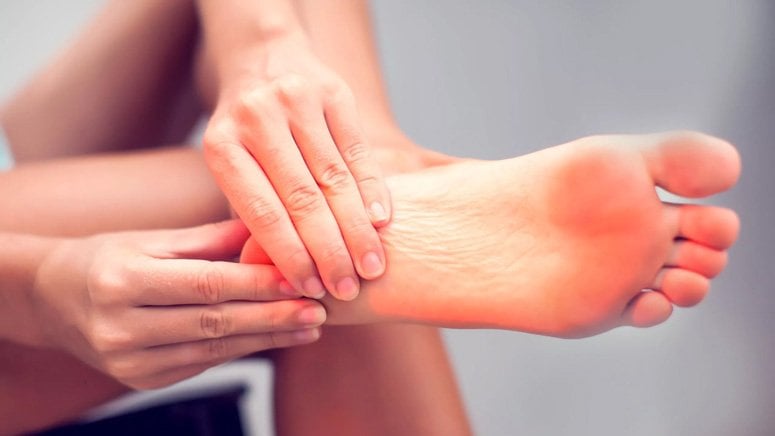Bone spurs, also known as osteophytes, are hard, smooth protrusions of additional bone that develop at the ends of bones. They frequently appear at the joints, which are the points where two bones meet.
There are numerous areas of your body where bone spurs can develop, including hands, shoulders, neck, spine, knees, hips, and feet (heels). The majority of bone spurs don’t cause issues. However, you could feel soreness and stiffness if they push on nerves or scrape against other bones.
Causes of Bone Spurs

Joint deterioration from degenerative joint disease or osteoarthritis is the most frequent cause of bone spurs. With time, the padding between your spine’s bones and joints might deteriorate. Your joints can also be harmed by gout, lupus, and rheumatoid arthritis.
Following a joint or tendon injury, bone spurs can also develop. It is usually as a result of your body’s attempt to repair broken bones by growing new bone where it is injured. Additional reasons for bone spurs include:
- Overuse, such as if you run or dance frequently over an extended period of time
- Genes
- Diet
- Obesity [1]
- Issues with your bones that you inherited
- Spinal stenosis













